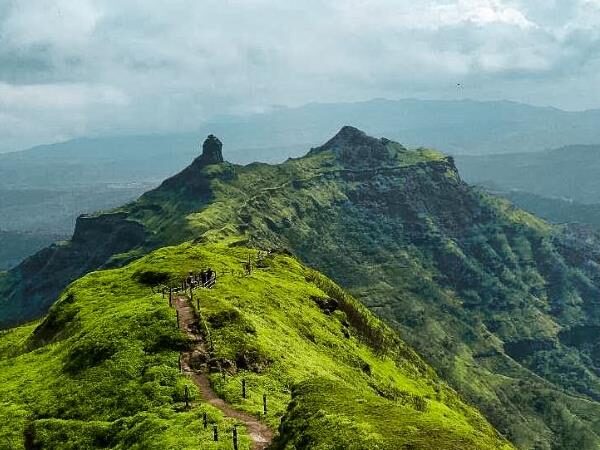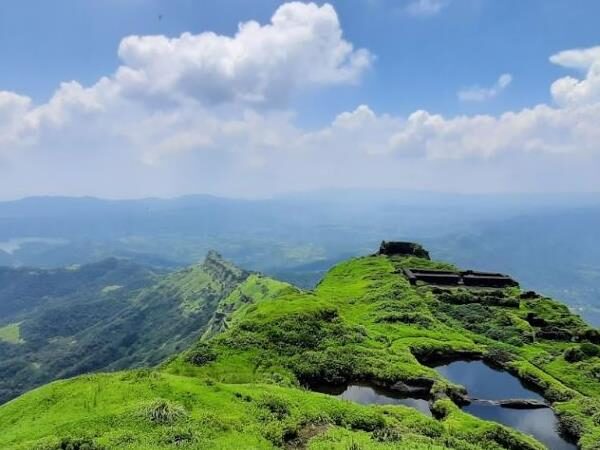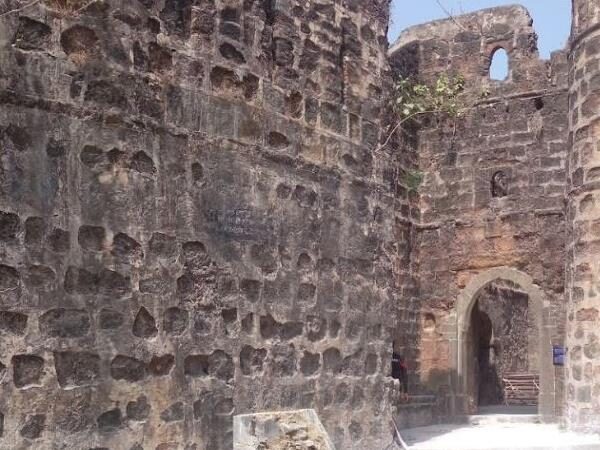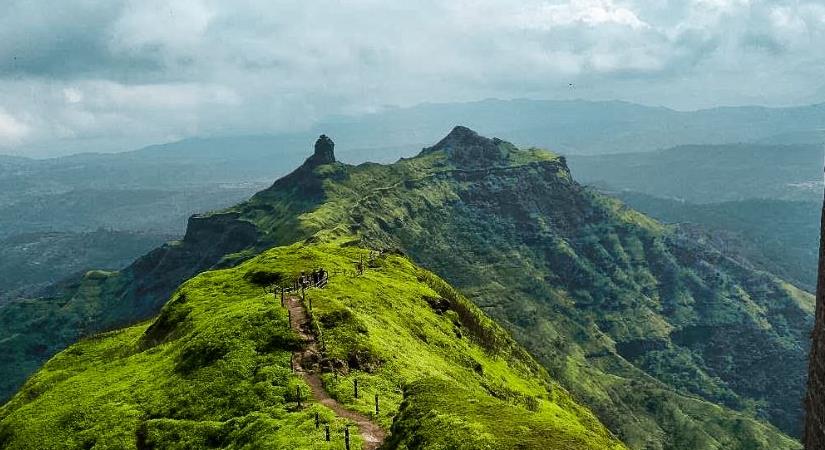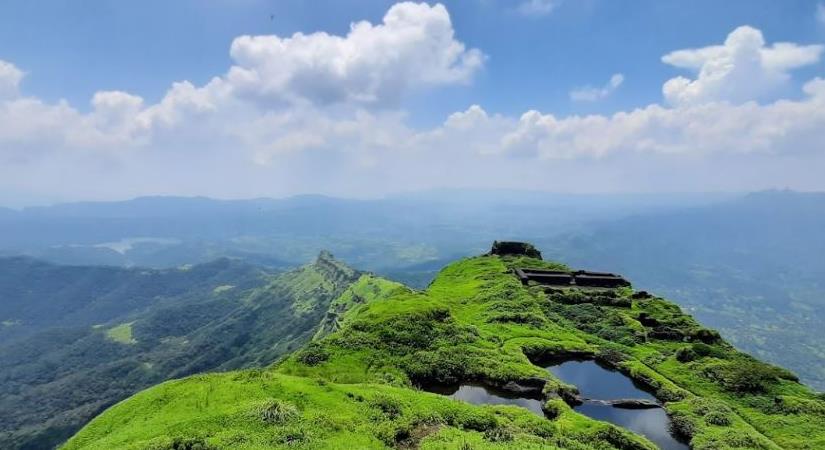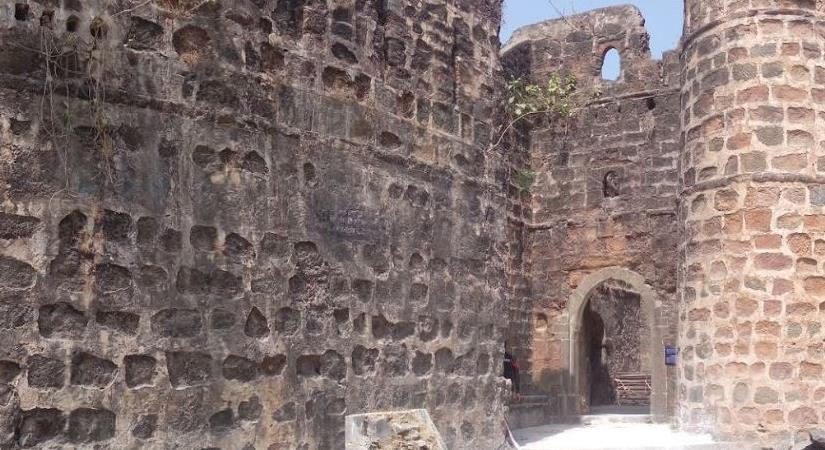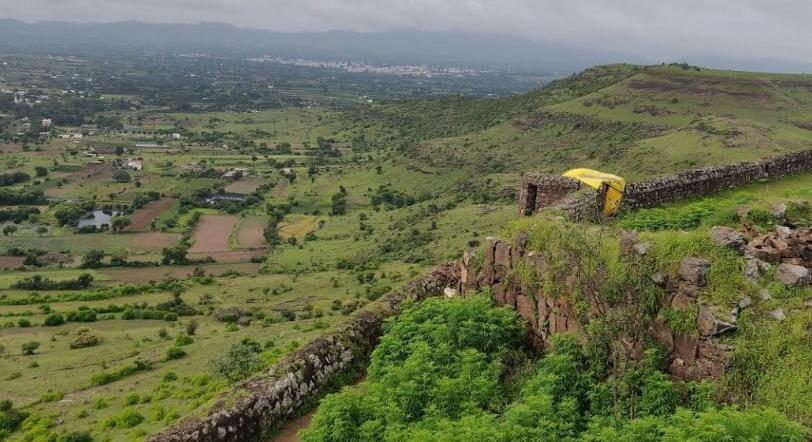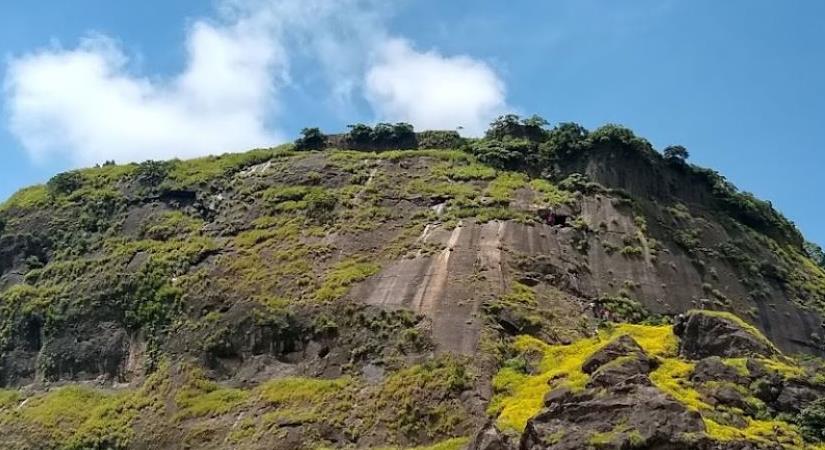Rohida fort / Vichitragad Fort is a fort located 10 km from Bhor, Pune district, of Maharashtra.
Welcome to Rohida, also known as Vichitragad – one of the best forts in the Bhor region! And if you have ample time, you can cover Raireshwar and Kenjalgad as well. But let’s focus on Rohida, shall we?
If you’re heading from Pune, take the NH4 highway and head towards Bhor. Just after the Kapurhol phata on NH4, take a diversion to the right that goes to Bhor. From there, head to Bajarwadi village, which is the base village for Rohida fort. And if you’re worried about parking, don’t be. You can park your vehicles at the Primary School at Bajarwadi.
The fort is mostly barren and flat, but there are a few points to check out. First off, a beautiful mountain trail of Sahyadri runs between Bhor and Mahabaleshwar and conceals 3 to 4 forts within it. And one of these forts is Rohida – situated in the valley of Rohid in the Basin of Neera River, about 6 miles south of Bhor.
This historic fort is known to be from the period of Yadavas. And the carvings on the 3rd entrance gate of the fort suggest that the fort was modified by Mohammad Adil-Shah. It also depicts the conquest of this fort in May 1656. But the real drama happened when Shivaji Maharaj won the fort from the hands of Bandal-Deshmukh of Rohid in a close battle. The conflict resulted in the death of Krishnaji Bandal, and after the battle, many officials were inducted into Swarajya movement.
According to the infamous ‘Treaty of Purandar’ in 1666, the fort was surrendered to Mughals. But on 24th June 1670, Shivaji Maharaj regained control over this fort. And here’s the kicker – Kanhoji Angre had the patronage over the whole Bhor area and half of Rohida Fort along with patches of land. And the fort holders (Gadkari) of Rohida used to take 30 gold coins (Currency of Hon) as payment. Officials weren’t satisfied with this amount, but Shivaji Maharaj ordered to persist with the traditional payment because Jedhe were an acolyte to Bhosale family.
But let’s move on to the actual fort. There’s a series of Ganesh idols on the frame of the first entrance gate which also has an arch on top. And if you’re feeling adventurous, take the 57 steps climb to the third entrance gate of the fort. This gate is strongly built and has some artistic carvings on it. Elephant heads are carved on both sides of the gate, and carvings in Marathi on the left and those in Parsee (Persian) on the right can also be observed.
Inside, you’ll see the remnants of two building structures – one of which might be a courtyard while the other presumably be the residence of the Fort Commander (Killedar). And if you walk along the left side, you’ll see a temple of ‘Lord Rohidmalla’ or ‘Bhairoba’ in common language. And if you’re into history and architecture, you’ll appreciate the small water tank, a lamp stand (Deep-mala), and some square tombs in front of the temple.
This fort was built during Yadava period. According to the inscription on the third gate, Mohammed Adil Shah of Bijapur had repaired this fort on May 1656. Chhatrapati Shivaji Maharaj won the fort from the hands of Bandal-Deshmukh of Rohida in a close battle. The conflict resulted in the death of Krishnaji Bandal. After the battle, many officials along with Bajiprabhu Deshpande, a chief administrator of Bandals, were inducted into the Swarajya movement. Rohida was among the 23 forts Shivaji handed over to Mughals ( to Aurangzeb Alamgir) during the Treaty of Purandar (1665). On 24 June 1670, this fort was again captured by Shivaji. The Kanhoji Jedhe had patronage over the entire Bhor state and half of the Rohida Fort along with some patches of land. Further Moghuls captured this fort. This fort was under the control of Pantsachiv of Bhor State, until Indian independence.

